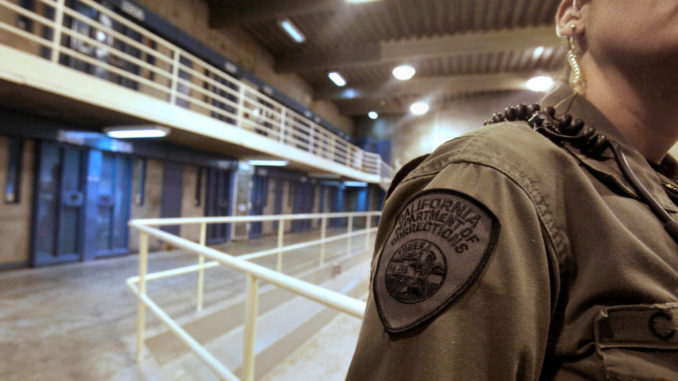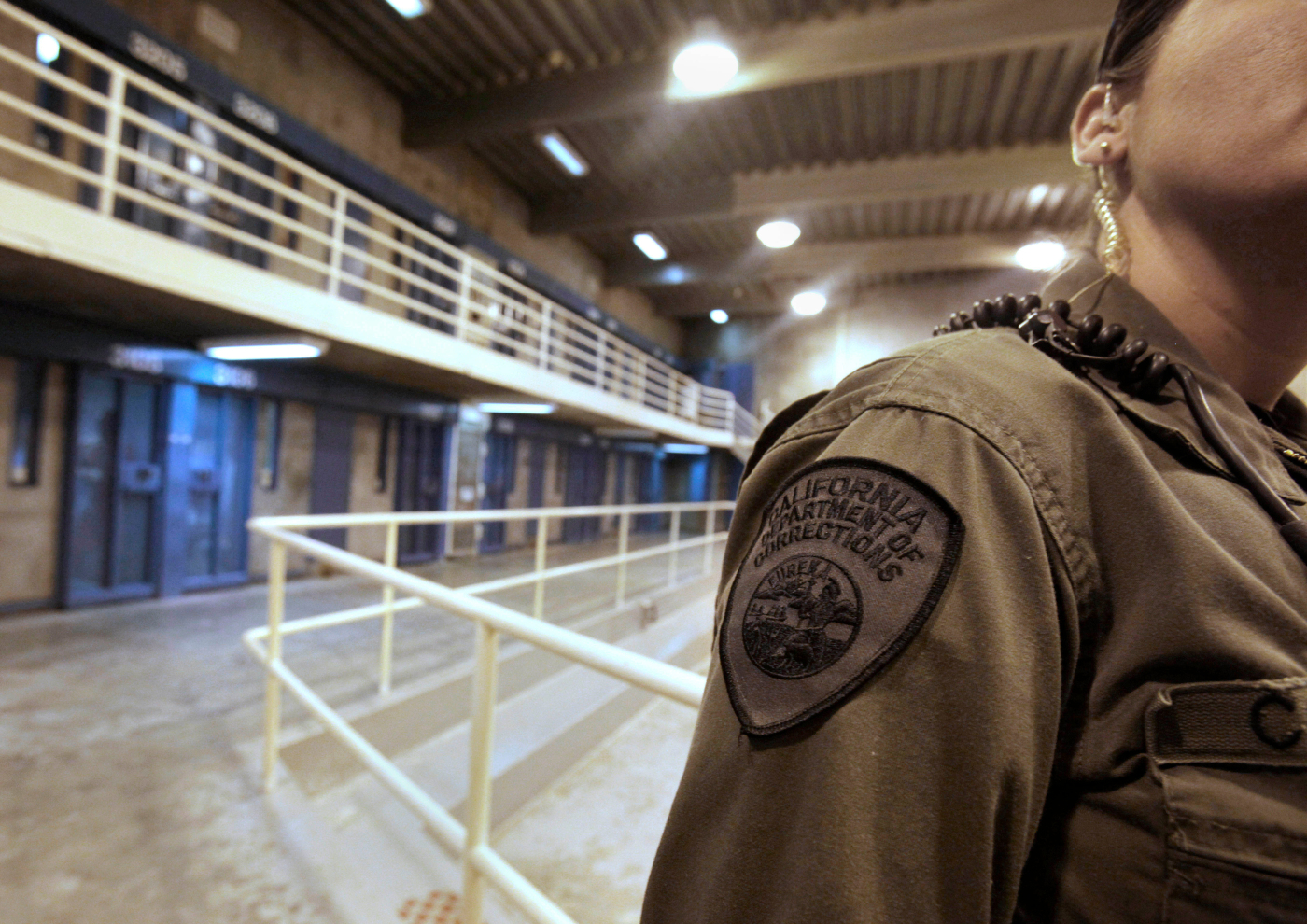
It took four years to act, but a federal grand jury this month charged two former prison guards with alleged efforts to cover up the cause of an inmate’s death in Sacramento. The feds charged one of the guards involved in the troubling 2016 incident with criminal civil rights violations and submitting false reports, and charged another with falsifying records.
According to the U.S. Attorney’s Office, guards at California State Prison-Sacramento were escorting a handcuffed inmate when one of them “bent down behind the inmate and pulled the inmate’s legs out from under him.” The inmate fell forward, struck his head on the concrete and died two days later. Then the two guards allegedly filed “false reports in order to impede and obstruct the ensuing federal investigation.”
The courts will examine these specific allegations, but the big question is how widespread such behavior might be in the state’s prison and jail systems – and, if so, what to do about it. According to a Sacramento Bee report, the head of the Assembly Public Safety Committee, Reggie Jones-Sawyer, D-Los Angeles, has called on the state Department of Justice to launch an investigation. That seems like a reasonable place to begin.
Per the report, Jones-Sawyer sent a letter this month to Attorney General Xavier Becerra, in which he argued that this incident raises “concerns that more offenses against inmates have gone unnoticed, unreported or have been altered to justify the assault and protect the officer(s). … We cannot tolerate a culture … that allows for violations of inmates’ rights and jeopardizes their safety.”
Jones-Sawyer also referred to a California Office of Inspector General report from 2018 that found only 52 percent of use-of-force incidents in the state’s prison system fully met the California Department of Corrections and Rehabilitation’s standards. Slap-on-the-wrist punishments such as additional training or “formal counseling” seem to be the norm at the department.
Some of the IG’s findings were inexplicable. What explains such low compliance rates with procedures for video recording interviews with inmates who make excessive-force claims? In certain use-of-force situations, the Inspector General found that prison guards had violated departmental policies 75 percent of the time in the evaluated cases. This is disturbing, yet the two-year-old report hasn’t led to any obvious departmental changes.
To counteract the impression that it takes a lackadaisical approach toward such matters, the Department of Justice should quickly comply with Jones-Sawyer’s request. Unfortunately, Attorney General Xavier Becerra is closely aligned politically with the state’s law-enforcement unions and has often resisted reforms to boost the oversight of California’s police officers and prison guards.
In fact, Jones-Sawyer, who has long advocated for police oversight and criminal justice reform, felt the sting of the prison-guards’ union, which spent approximately $1 million in an unsuccessful bid to defeat him in the November election. In one controversial video ad, a CCPOA spokesman placed crosshairs over the photo of the African American Assembly member. The union pulled it down, but it was one of the most reprehensible ads we’ve seen.
Given the recent federal grand jury action involving those two former guards, this would be a good time for the AG to evaluate the depth of the prison-abuse problem. We applaud Jones-Sawyer for keeping this often-overlooked but important matter on the radar.






